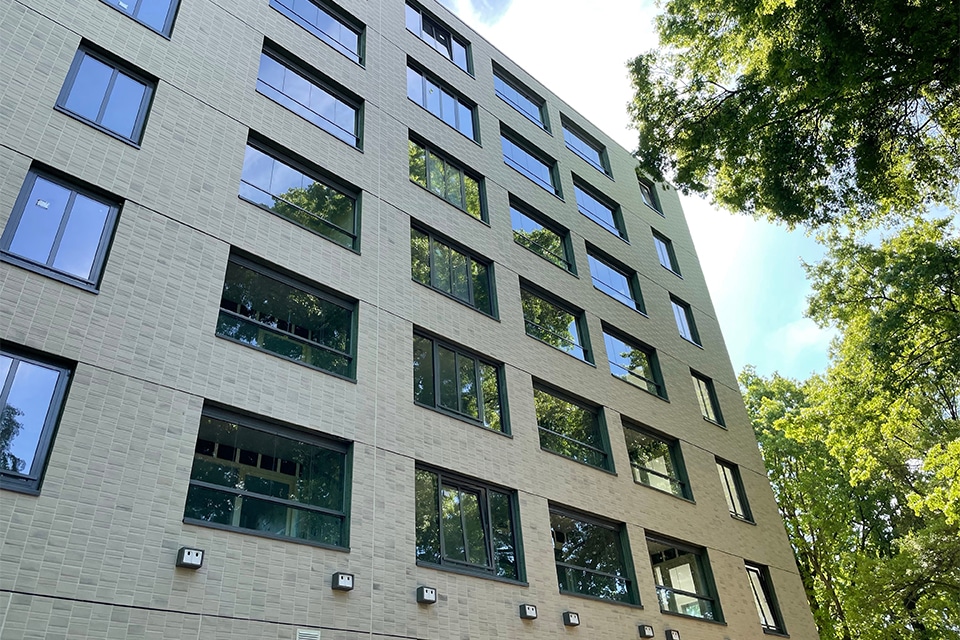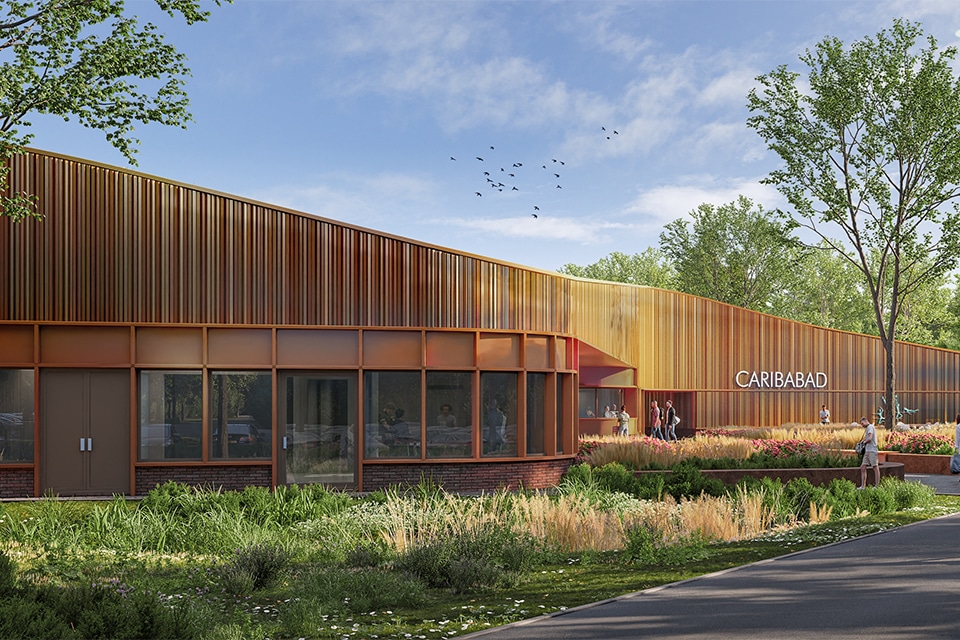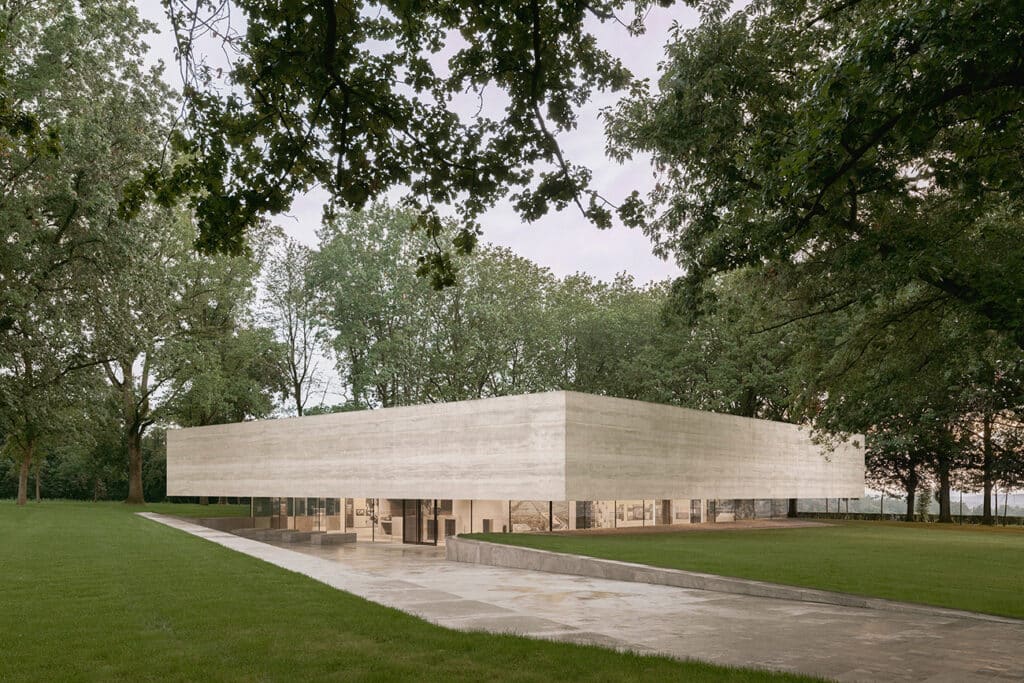
Visitor center at Margraten American Cemetery completed
'A background intrusion'
KAAN Architects was commissioned by the American Battle Monuments Commission to design a visitor center for the only American Cemetery on Dutch soil. The building, inspired by the landscape and monumental ambiance, complements the serenity of this vast monument.
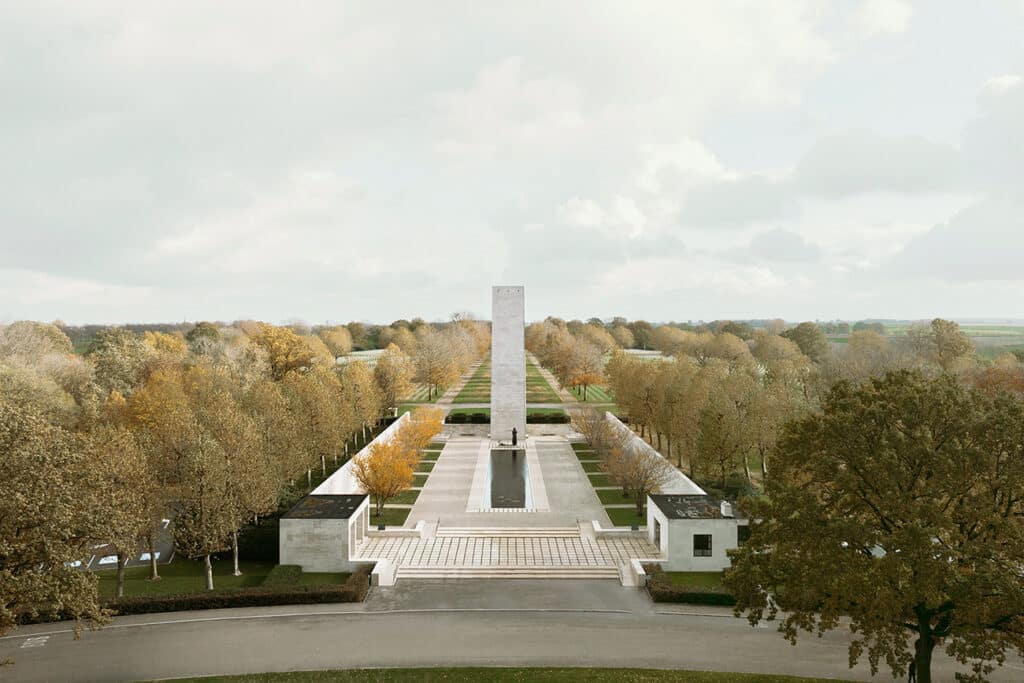
Amid the slopes of the Limburg Hill Country, near Maastricht, lies the Margraten American Cemetery (NEAC), one of 26 cemeteries managed by the American Battle Monuments Commission (ABMC). While the depth of mourning diminishes with the passage of time, the need remains to strengthen and cultivate awareness of the lasting impact of World War II. In the current era of increasing international conflict and uncertainty, the visitor center is of great importance not only to commemorate those buried at this site, but also to learn more about the dynamics that led to the liberation of Europe. The intervention does not infringe on the monumentality of the cemetery, but is a stylish and dignified addition to the landscape in which it lies.
The NEAC at Margraten was originally designed by American landscape architect Michael Rapuano, sculptor Joseph Kiselewski and architectural firm Coolidge, Sheply, Bulfinch and Abbott. They collaborated with a local architect, Alphons Boosten of Maastricht. KAAN Architects chose to place the new building at a respectful distance from the monumental ensemble, leaving the original elements on the site untouched and preserving the peaceful atmosphere. The designs by Karres and Brands Landscape Architecture and Urban Planning contributed to the integration of the structure into the landscape.
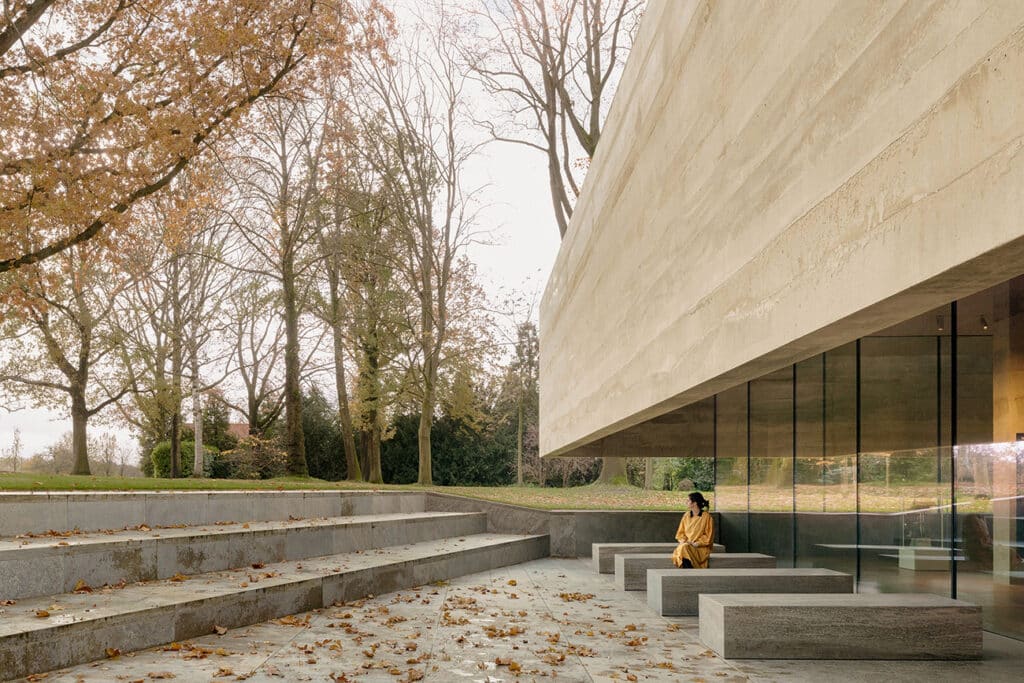
Integral part
One of the conditions of the client ABMC was that the new visitor center should become an integral part of the story being told and also refer to the ensemble as a whole, including the scenic cemetery and the Court of Honor with its Chapel Tower and the Walls of the Missing. The visitor center, which has a forecourt with rows of stone seating, claims its own place in this scenically choreographed setting, yet fits harmoniously into the larger whole. The plaza and walkway are sunk into the landscape and slowly slope downward. The gradual descent leads the visitor to the shelter of the visitor center canopy, made of aesthetically layered concrete. Seen from a distance, the fascia, which appears to float above the ground, complicates the assessment of the building's scale. Inside, light slits and rounded corners enhance the sense of spaciousness.
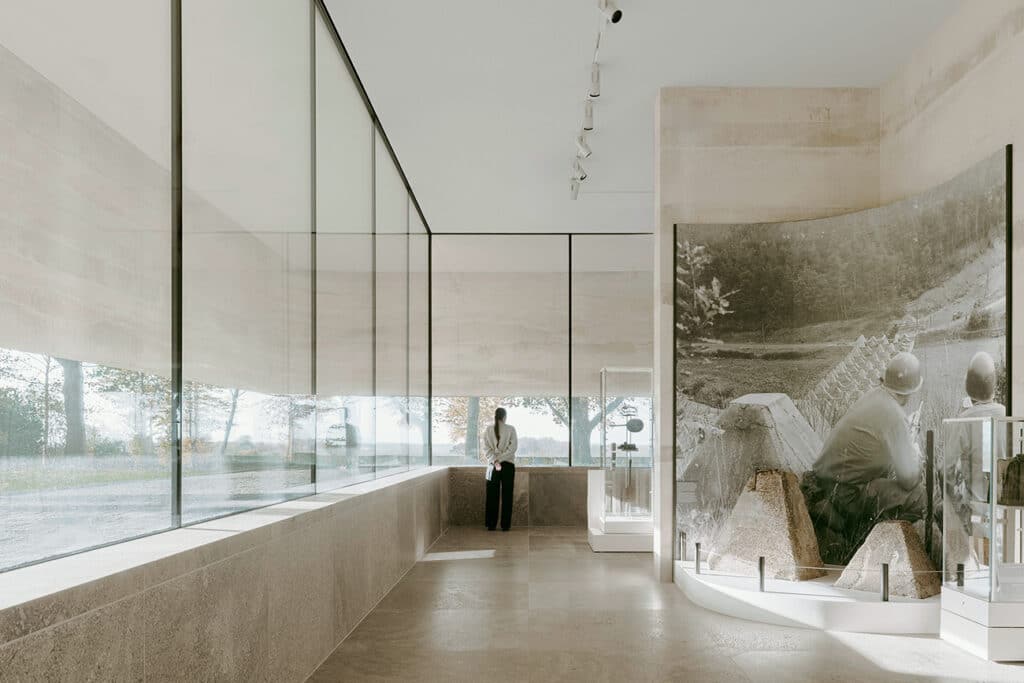
Recessed
The building, nestled within the framing fascia, is sunk into the rolling landscape. The glass walls offer a unique panoramic perspective, allowing visitors to view the typical surrounding terrain and randomly scattered trees from a lower vantage point. At the center of the structure, walls form a 12 x 12 m square. This core carries the weight of the fascia. Within this volume is an auditorium, clad in panels of warm American walnut, as well as service areas and restrooms, while the exterior walls of the square serve as exhibition space. The exhibition of original artifacts and personal stories brings the reality and human suffering of war close to the public, prompts reflection on the lessons of the past and emphasizes the importance of working toward a stable and peaceful future.
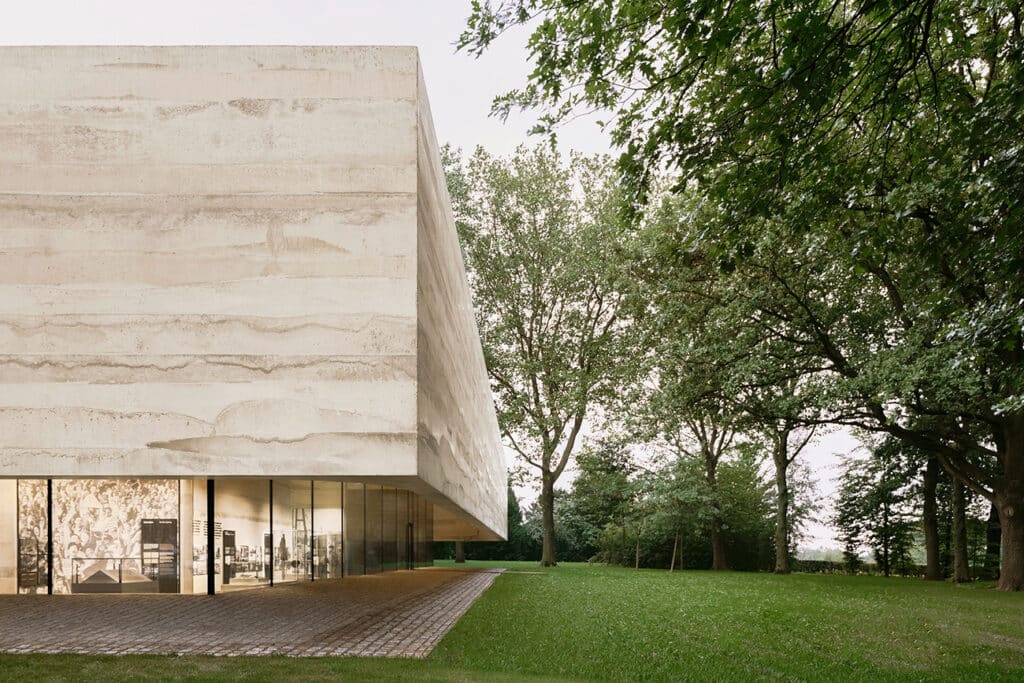
The impressive yet friendly visitor center is an architectural enhancement to the American Cemetery in the Netherlands, offering visitors a special place to learn and reflect amid the tranquility of the surrounding landscape.

